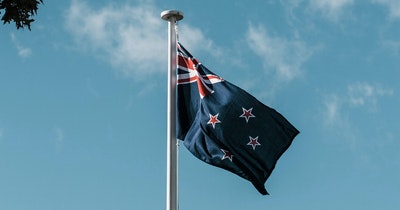The Government is announcing when we will be moving to Alert Level 2 next Monday (11/05). As we move into Alert Level 2, some restrictions will ease, but here is some more information about what life will look like for businesses:
• Most businesses can reopen as long as they can do so safely. This includes bars, cafes, retail stores etc.
• Services can be provided on your premises. For example cleaning.
• Businesses who’s work involves close personal contact, for example Hairdressers and Physiotherapists, must have a robust contract tracing procedure, good hygiene practices and minimise contact as much as possible. There will be more guidance for these types of industries over the next few days through MBIE and WorkSafe.
• If your employees are only just returning back to work, you must discuss with them the risks and ways to manage these.
• You still need to have a contact tracing procedure in place that records anyone who has entered and exited the business. Here is a template you can use.
• You must maintain very high hygiene and cleaning standards.
• You must maintain physical distancing of 1 metre for people you know, and 2 metres for people you don’t know.
• You can travel between regions.
• You should have a company COVID-19 policy. You can request a copy of ours by emailing [email protected], this is in word form so you can adapt this for your industry and business needs.
• We can safely socialise with friends and family.
• You can have / attend gatherings of no more than 100 people, provided you can maintain public health measures.
• Anyone who has cold or flu like symptoms, must be told to stay away from your premises. (An obvious one but had to include it)
• We suggest you fill out a variation form if the employees are returning to work at reduced hours. If you think this will be a permanent matter, we recommend you seek legal advice.
IRD Updates
New Determinations
The IRD has released a new working from home determination. This means you can pay any employees working from home up to $20 a week tax free for expenses such as additional power/heating costs, without having to show what the employees actual expenses were.
You can now also make a tax-free payment of up to $400 per employee for furniture costs, without having to work out actual expenses.
This determination is a temporary response to the COVID-19 pandemic and only applies to payments for expenses incurred between 17 March and 17 September 2020. You do not have to be making these payments to employees working from home.
Temporary loss carry-back scheme (covered before)
Businesses expecting to make a loss in either the 2020 year or the 2021 year can use that loss to offset profits they made the year before. In other words, they can carry the loss back one year to the preceding income year. This can be done before the loss year return is filed.
COVID-19 Small Business Cashflow Scheme (SBCS), (covered before)
Small to medium business owners, including sole traders and the self-employed, may be eligible for a one-off loan if they have been adversely affected by COVID-19. Inland Revenue have not released the application forms yet but the details of this are $10,000 per business, then this can be topped up with $1,800 per employee. (that includes employee shareholders) The loan is interest free if you repay this within one year, and 3% interest after the first year. The maximum term of the loan is 5 years. We’ll send you a link as soon as it’s released, which will likely be on the 11th May.
